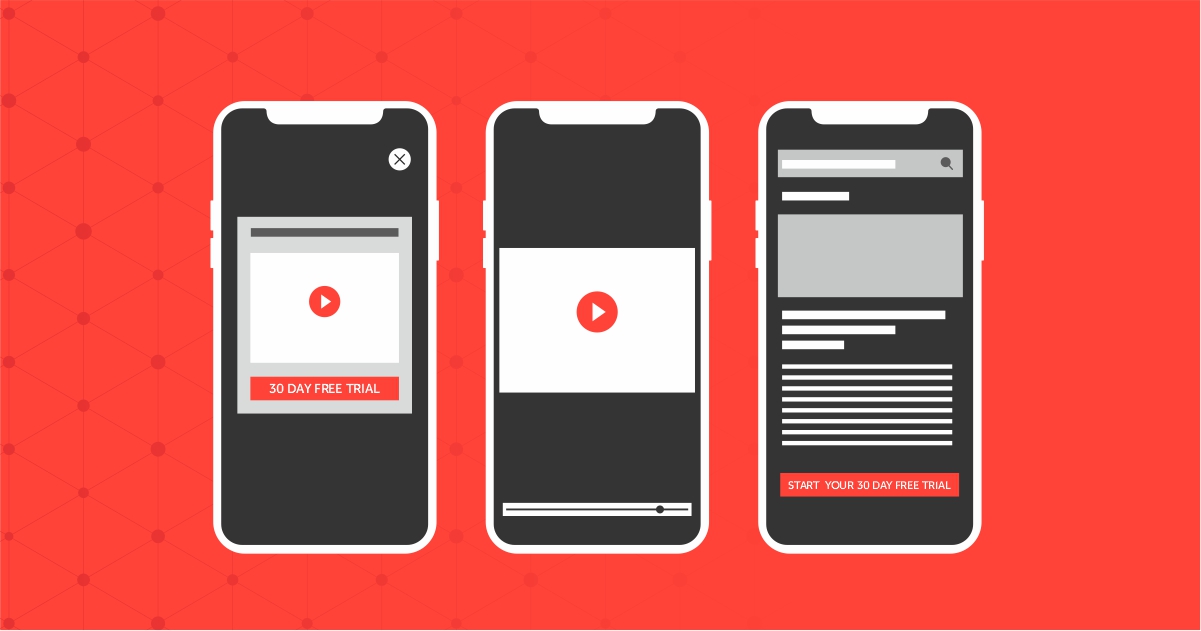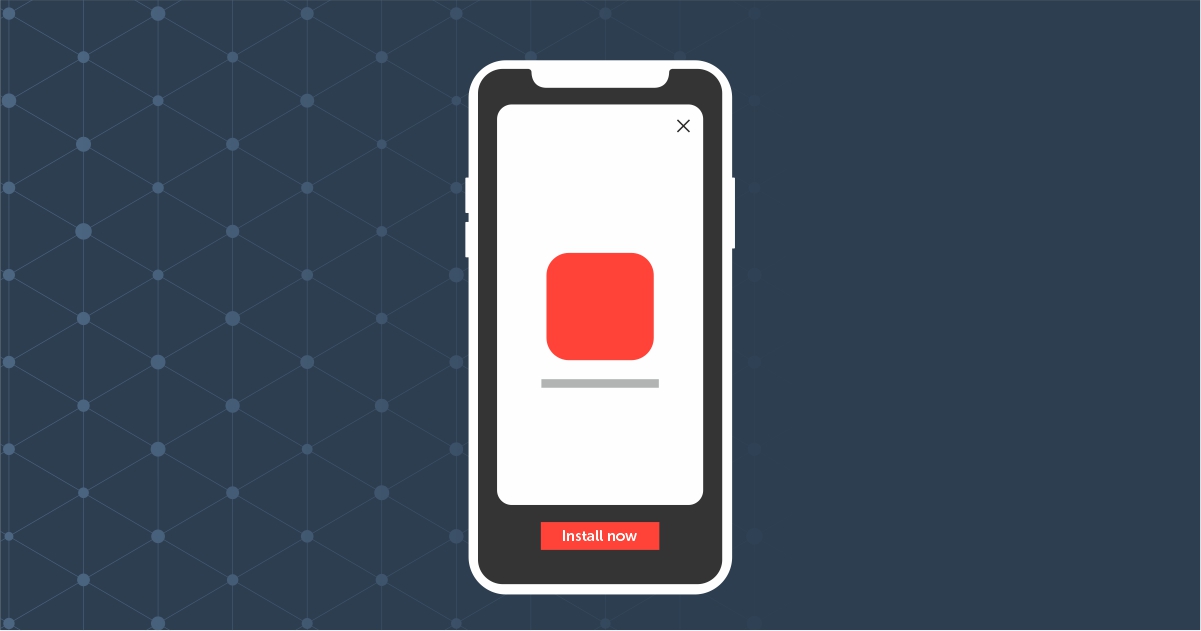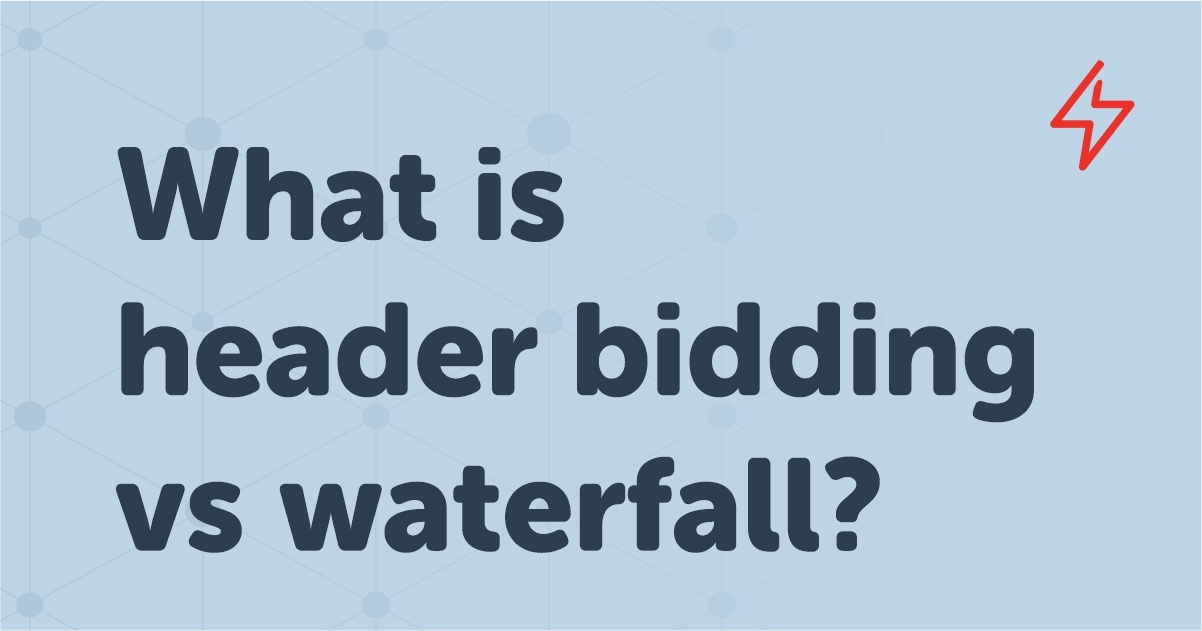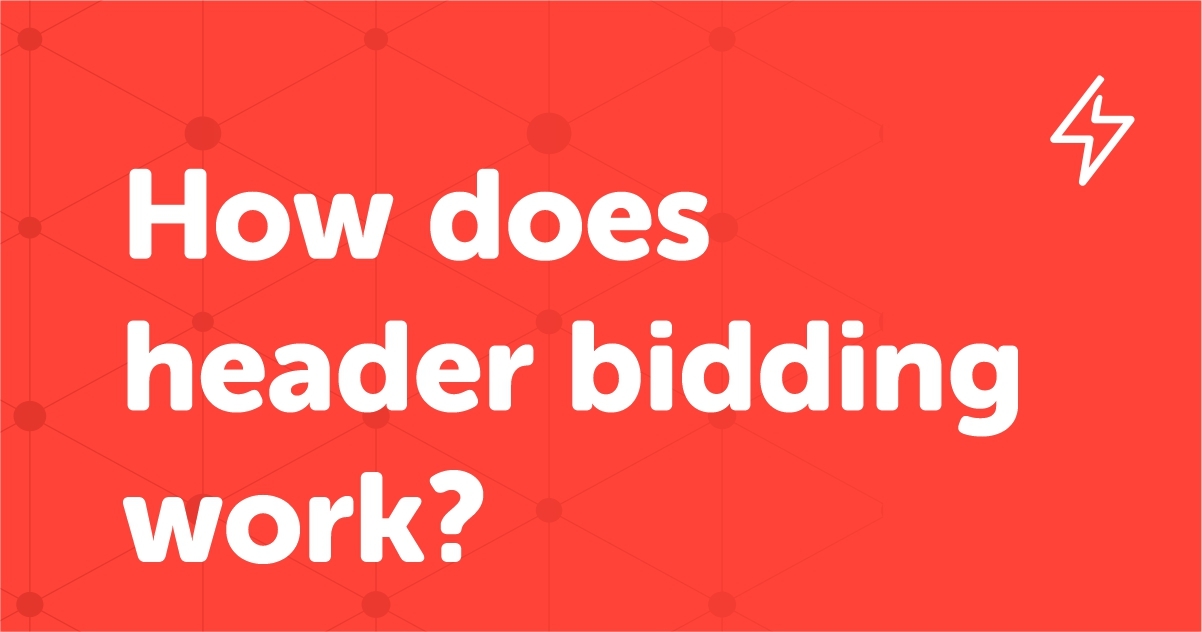Table of Contents

With the exponential growth of the digital age, ads have become a common occurrence for users. While digital ads have grown significantly, there have been deliberations about their intrusiveness. Although some ads enhance the user experience and provide a beneficial ad experience, some ads are super-intrusive.
Throughout all the hubbub, interstitial ads have emerged as a popular ad format for publishers and advertisers alike. Built upon the early pop-up ads of the bygone era, interstitial ads are becoming extremely common.
In this article, we will explain what an interstitial ad is, how they work, how to execute them flawlessly, and how to avoid penalties while implementing interstitial ads.
What Are Interstitial Ads
The pop-up ads that generally cover the entire screen space are known as interstitial ads. They cover the whole user interface of a mobile application or a website with an aim to make the user engage with them. When an interstitial ad is played for the user, the user can either engage with the ad and go to the ad’s destination or close the ad (generally through an X button located on the ad) to continue their app or website experience.
Interstitial ads can be displayed through various formats, including static images, rich media, and videos. The ads are best set up during natural transitions, such as level completion or task completion.
For advertisers, interstitial ads are considered highly engaging as the user has to engage with the ad, irrespective of the result. However, from the user perspective, the ads may be regarded as intrusive since they hamper the user experience and may even result in reduced retention.

How Do Interstitial Ads Work?
As soon as a user lands on the website or mobile application, a request is sent to the ad exchange or ad network from the publisher for an interstitial ad. The exchange then ascertains the device size and relays the information to the advertisers for bidding. The advertisers then bid on the ad space with their ad creatives, which must fit on the user’s screen. The highest bidder wins, and their creative is then sent to the publisher through the ad exchange or network, which gets displayed on the website or application for the user.

Why Should Publishers Use Interstitial Ads?
Interstitial ads offer diverse features for publishers that assist them in ramping up their revenue. Here are some of the top reasons you should use interstitial ads.
- Higher Visibility: Since interstitial ads run in full-screen, they offer one of the highest visibility rates among all ad formats. This reduces banner blindness, as users cannot ignore a full-screen ad on their screen.
- Better Engagement: Interstitial ads offer better engagement rates than other ad formats due to their large screen size and interactive elements. They are also an ideal format to bring an engaging ad experience to users, which many other formats fail to do.
- High Demand: Interstitial ads have emerged as one of the most sought-after ad formats in the AdTech industry, with the biggest DSPs witnessing significant demand from advertisers.
- Increased Revenue: Interstitial ads offer improved visibility, engagement, and demand, which boils down to increased revenue for the publishers. Interstitial ads have better rates than many other top ad formats, especially static banner ads, which pushes the publisher’s revenue higher.
Penalties For Interstitial Ads And How To Avoid Them
Since interstitial ads can be intrusive if intended, Google has started penalizing pages that showcase interstitial ads that go against their interstitial ad guidelines.
Here’s how you can get penalized:
- Google discourages showing interstitial ads as soon as the user enters the application or the website or tries to exit it. The ads should not stop the user from starting the basic ad function or from exiting the application or website.
- Publishers should not show recurring or repetitive ads that run consecutively. Moreover, Google restricts placing interstitial ads after every user engagement with the application or website. This can include clicks, swipes, pinch, and other actions.
- Apps or websites that have unexpected ad placements are penalized. Interstitial ads should not disrupt the user’s surfing flow, and ad units should be placed where the user expects the ad to occur (breaks or pauses).
- These ads should not encourage accidental clicks. All engagement should be consensual, and the user should not be tricked into clicking an ad for engagement.

Interstitial Ads: Best Practices
If used incorrectly, interstitial ads can also result in less traffic and conversions, pushing down revenue. Therefore, publishers must implement the best practices for interstitial ads. Here’s what publishers should do while deploying interstitial ads:
Implement Ads On The Right Pages
When implementing interstitial ads, it is critical to not hamper the user experience. Therefore, it is critical to ensure a seamless flow to start and end interstitial ads. Google also disallows certain interstitial implementations, which obstruct the user’s app flow. These include displaying interstitial ads as soon as the user enters the application, or when they are ready to exit the app. Moreover, users should not be shown ads while they are performing a function, such as swipe or click, essentially tricking the user into clicking an ad for engagement. Simply put, interstitials that unexpectedly launch are not advisable at all.
Keep A Check On Frequency
Users do not like continuous advertisements that hamper their experience and stop them from continuing with the app or website function. Therefore, publishers should keep frequency caps for the user to make sure they do not see too many advertisements in a single session or too many of the same advertisements. For interstitial ads, Google sets a frequency cap of one ad displayed in an hour by default for a unique user.
Reduce Ad Loading Time
Interstitial ads are graphic heavy and can take some time to load when called. When an ad pauses the user’s surfing experience, every second counts. Therefore, your ads shouldn’t load too slowly, making the users wait. Ensure that your ads are rendered smoothly and swiftly. You can even set your ads up before they are called to save on precious loading time
Keep The Exit Button Handy
Even though interstitial ads offer higher rates and a chance for publishers to increase revenue, nothing is more significant than the user experience. While many ads are 20-30 seconds long, it is good to either display the close (X) button from the start or after 5 seconds to let the user exit the ad. However, this is not executed in rewarded interstitial ads.
Final Thoughts
Interstitial ads have proven themselves as a high-performance delivering ad format. With higher impression rates, engagement, conversions, and revenue, interstitial ads look like the ideal scenario for publishers. However, the success of interstitial ads will depend on your product and audience. Publishers should definitely try interstitial ads in their ad strategy if they are the right fit.
If you are looking to catalyze your revenue growth with interstitial ads, AdSparc offers next-gen publisher monetization solutions that will be right for you. With AdSparc, you can get access to multiple demand sources. Our advanced proprietary tech will enhance demand diversity, improve user experience, safeguard the brand, and increase your current revenue.
FAQs
Question: What are interstitial ads?
Answer: Interstitial ads are pop-up ads that generally cover the entire screen of an application or a webpage. When an interstitial ad is played, the user can either engage with the ad or close the ad to continue their app or website experience.
Question: Why should you use interstitial ads?
Answer: Interstitial ads bring multiple advantages for publishers, including high visibility, better click-through rates, more demand from advertisers, and a chance to significantly increase revenue and conversions
Question: Are there any penalties for interstitial ads?
Answer: Google has started penalizing apps and web pages that go against its interstitial ad guidelines. Publishers can be punished if they showcase ads disrupting the user’s interactions with the app or page or start as soon as the user enters the app or website. Moreover, unexpected and malicious ads are also penalized.
Question: What are the best practices for using interstitial ads?
Answer: Publishers should not disrupt the flow of the user and implement ads with suitable timing, preferably between breaks. Moreover, ads should not be consecutive or repetitive and should let users exit them as soon as possible.







